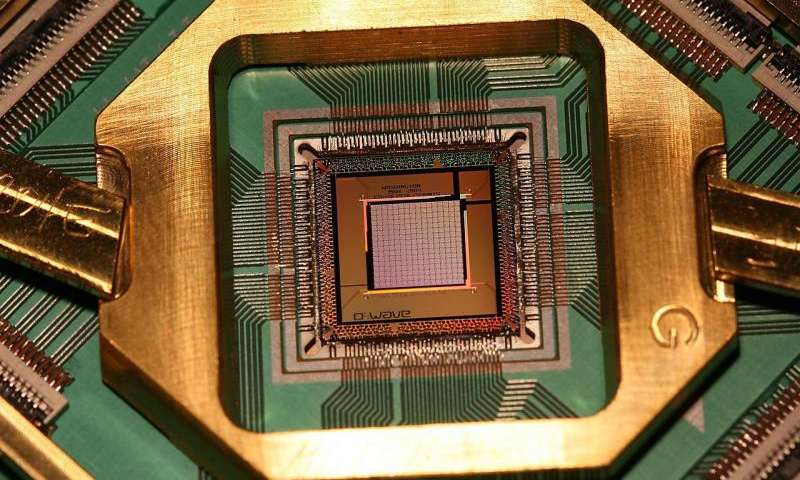It turns out there’s more than one kind of chimera. (I published a Sept. 7, 2016 post about chimeras that are animal/human hybrids and a US public consultation on the matter.)
The chimera being investigated by researchers at the University of New Mexico (US) is of an altogether different kind. From a Nov. 15, 2016 American Institute of Physics (AIP) news release (also on EurekAlert),
Order and disorder might seem dichotomous conditions of a functioning system, yet both states can, in fact, exist simultaneously and durably within a system of oscillators, in what’s called a chimera state. Taking its name from a composite creature in Greek mythology, this exotic state still holds a lot of mystery, but its fundamental nature offers potential in understanding governing dynamics across many scientific fields. A research team at the University of New Mexico has recently advanced this understanding with work that will be published this week in the journal Chaos, from AIP Publishing.
“A system of oscillators” may sound obscure, but it actually describes, in a very general but fundamental way, all sorts of physical systems.
“Lots of biological systems can be thought of as populations of oscillators. The heartbeat is just oscillating heart cells that a wave propagates on. And neurons in the brain are oscillators as well, and have been treated with these methods,” said Karen Blaha, a post-doctoral researcher at the University of New Mexico working on the project. “But doing experiments on those systems is really, really hard. The cells can die, and if you can manipulate them in a way that you can measure the data, they may not be behaving as they do naturally.”
For this reason, the team, led by Francesco Sorrentino, a mechanical engineering professor at the University of New Mexico, built on previous work done to understand chimera states with mechanical oscillators, in this case a collection of metronomes, resting on coupled platforms.
“The ultimate goal is that these systems are better behaved than the biological systems that we hope eventually they might be good proxies for,” Blaha said.
The team built a system of three coupled platforms, each supporting up to 15 ticking metronomes whose motions were individually tracked. A chimera state in this system consisted of in-phase, or synchronous, motion of a subset of the metronomes, and asynchronous motion of the others. By varying characteristics of the system, such as the strength of coupling between the platforms or the number of metronomes, they could deduce which factors led to more perfect chimera states.
Of particular interest in this experiment was the effect symmetries of the system had on the emergence of chimera states. Sorrentino and his team looked at, for example, the effect of having the same versus different coupling strengths of the outer platforms to the center platform.
“It puts together a new ingredient that kind of makes the whole thing more complex. Basically we are wondering how this type of mixed behavior can occur in systems that have symmetries. And our work is experimental so we see this chimera state in systems with symmetries,” Sorrentino said.
In addition to developing a method for better understanding these important, complex systems, Sorrentino views the effort to be a powerful educational tool. The tabletop scale and visual nature of the measurements and effects offer students more direct involvement with the concepts being investigated.
“It’s a full experience for the student [and] we have a broad authorship,” Sorrentino said, highlighting the collaboration between undergraduates, graduate students and senior researchers. “It’s really a team effort.”
Future work by the diverse team will investigating other symmetries, as well as varying factors such as coupling method. They also plan to add methods of controlling the system and synchrony. “We are working in several directions. Definitely the symmetries are something we will keep in mind and try to generalize to more complex situations,” Sorrentino said.
Here’s a link to and a citation for the paper,
Symmetry effects on naturally arising chimera states in mechanical oscillator networks by Karen Blaha, Ryan J. Burrus, Jorge L. Orozco-Mora, Elvia Ruiz-Beltrán, Abu B. Siddique, V. D. Hatamipour, and Francesco Sorrentino. Chaos 26, 116307 (2016); http://dx.doi.org/10.1063/1.4965993
This paper appears to be open access.
![Caption: Adult female Prometeo Rain Frog in its natural habitat. Credit: Dan Cog?lniceanu [sic]](http://www.frogheart.ca/wp-content/uploads/2016/07/Prometheus_Ecuarod_RainForestFrog.jpg)
